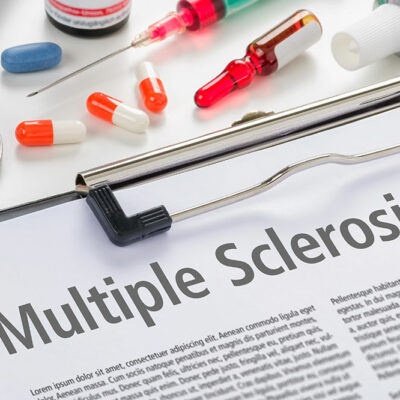7 Hidden MacBook Features One Should Be Using

MacBooks are the epitome of sleek design and powerful performance. Usually, a MacBook user is aware of the sleek aesthetics, the smooth operating system, and the seamless integration with other Apple devices. But beneath the surface, the MacBook is teeming with hidden features and functionalities that can enhance productivity, streamline workflow, and make the computing experience more enjoyable. Let us look at some MacBook specifications and hidden features that one should be using.
1. Users can customize their trackpad
The built-in trackpad is a standard input device in all MacBook laptops. Today, users can configure their options to personalize the trackpad with their desired gestures. Users can personalize the sensitivity by accessing Trackpad in System Preferences, enabling or disabling gestures, and creating custom gestures. Users can also customize the MacBook to work according to their convenience, and can aid in streamlining the work at hand. Recent MacBook releases also have a Force Touch trackpad, which provides haptic feedback. The user has to briefly press and hold the pad to enable certain actions, including previewing an address through Apple Maps or viewing email attachments.
2. Filling out and signing documents
MacBook has a range of document management processes that are highly convenient for working and managing various work-related documents. With macOS’s built-in Preview app, users can efficiently complete forms, contracts, and other documents without the need to print, sign, and scan them. Preview offers tools for adding text, signatures, dates, and checkboxes to the document. They can open the PDF or image file, select the “Markup” tool, and choose the text or signature option to fill in the necessary fields.
3. Explore the screenshot options
Users can take a screenshot or screen grab on a MacBook. The default keyboard shortcuts are Command + Shift + 3 for a full-screen capture and Command + Shift + 4 for a selective region capture. The users can press Command + Shift + 4, then the Spacebar to capture a specific window or app without the surrounding clutter. Further, the user can press the Control key along with the other shortcuts to easily copy the shot to the clipboard so they can directly paste it instead of separately uploading it.
4. Dynamic desktop images
Instead of waking up to the same wallpaper on the MacBook daily, users can customize their display according to their preferences. The user can have an always-changing wallpaper and access the same under Desktop & Screen Saver, which will be available under the System Preferences tab. This ever-evolving visual backdrop keeps the desktop aesthetically refreshing and can also transport the user to new and inspiring places without ever leaving their desk.
5. Use the iPad as a second display
Recently, Apple introduced Sidecar. The feature enables the user to become a wireless second display to the MacBook. Sidecar extends the Mac’s screen real estate, giving an additional display. It is beneficial for multitasking, as the user can now move Windows, applications, and tools to the iPad screen, freeing up more space on the MacBook for other tasks.
6. Text expansion features
Text expansion features are advantageous when texting on a phone and a productivity-boosting asset when people are typing on their laptops. Text expansion features are handy for users typing repetitive phrases, lengthy email responses, or complex text snippets regularly. Text expansion tools like macOS’s built-in Text Replacements or third-party apps can create customized shortcuts that, when typed, automatically expand into the full text that has already been defined.
7. Renaming multiple files
More often than not, we find ourselves handling a group of files, and we find it tiring to sit and rename each file individually. The ability to rename multiple files on a MacBook is an invaluable feature, especially for users with large volumes of data. The MacBook makes the process effortless, whether a batch of photos, documents, or any other file type. By selecting the files the user wants to rename and right-clicking or using the “Rename” option in the context menu, they can apply a common name structure across all selected files.
Top MacBook models in the market
- Mac Pro – 2019 model, which has up to 28-core Intel Xeon processors
- Mac Mini – Available in models powered by Apple M1 and M2 chips and is popular for image upscaling features
- Mac Mini M2 Pro – Contains twice the transistors of M2 and can easily handle large projects and edit a large batch of files
- 14-inch MacBook Pro – Contains multiple Thunderbolt 4 USB ports and has a world-class Mini-LED Liquid Retina XDR Display
- 15-inch MacBook Air – Has a Force Touch trackpad and a 1080p FaceTime HD camera
- 16-inch Macbook Pro – It has the most extended battery life ever, with up to 22 hours of video playback and up to 15 hours of wireless web browsing.
- Mac Studio with M2 Ultra and M2 Max – The Apple M2 is a highly capable chip that runs multiple apps effectively. At the same time, the Apple M2 Ultra is currently their largest and most efficient chip that can handle heavy and demanding workflow.
The MacBook has become an indispensable tool for professionals, students, and those who use it for entertainment. Their commitment to user interfaces has led to them creating several features that create an immersive user experience. Explore the features and optimize the utility of the MacBook.










